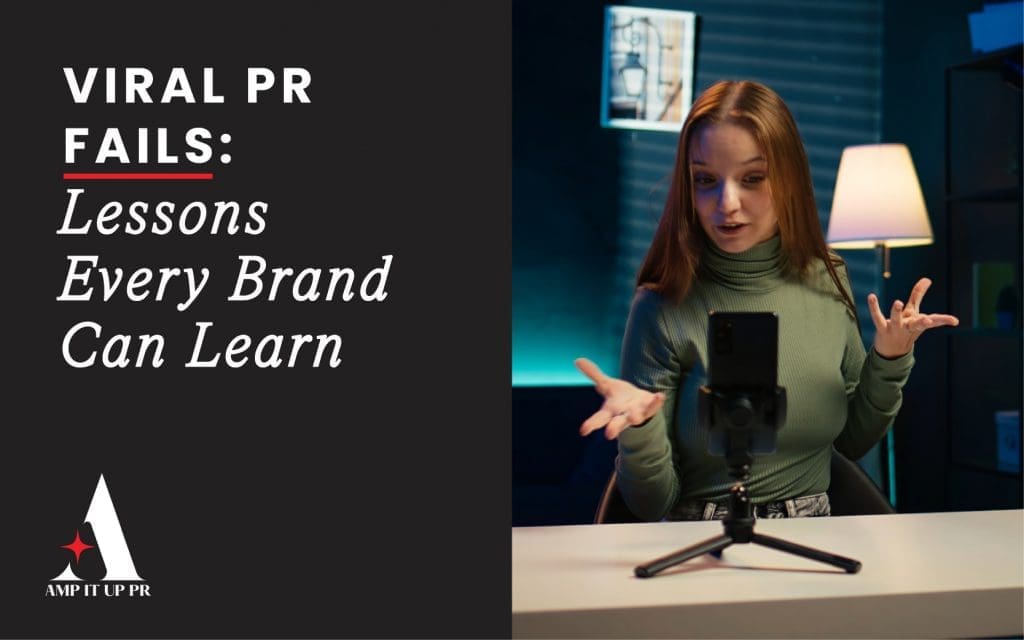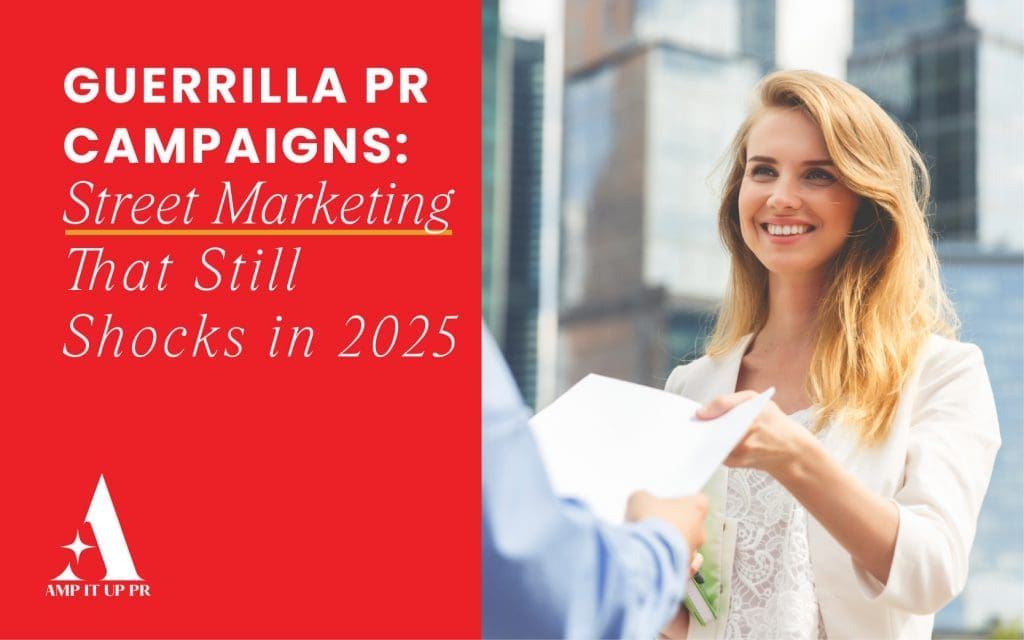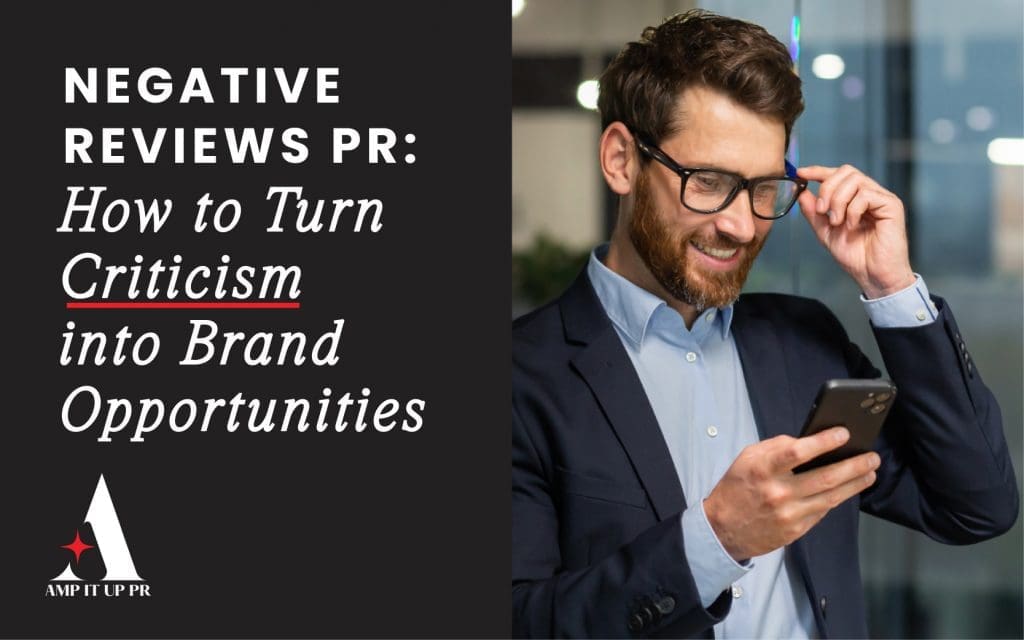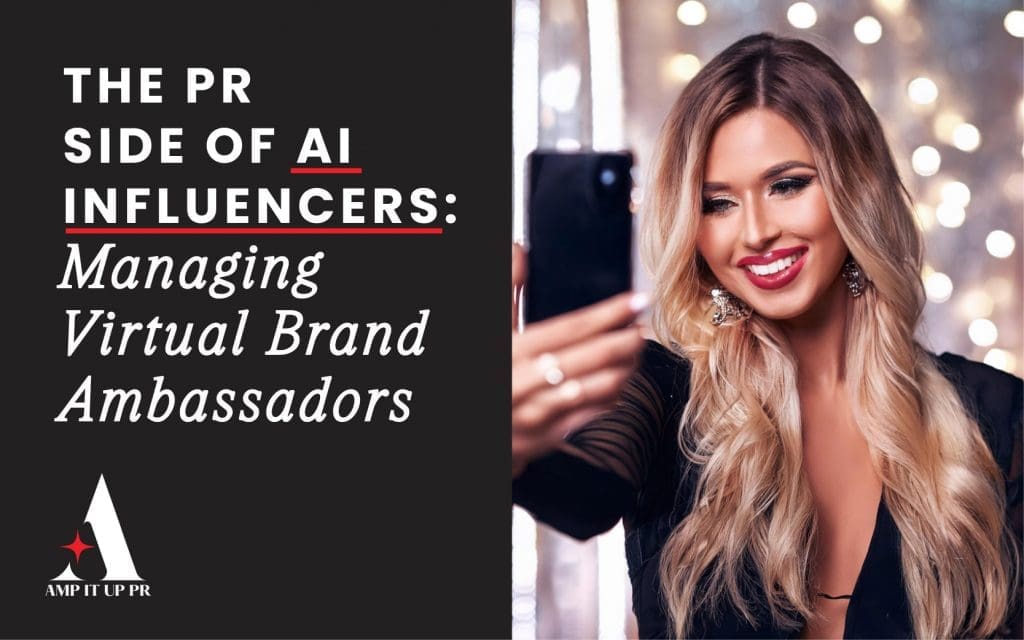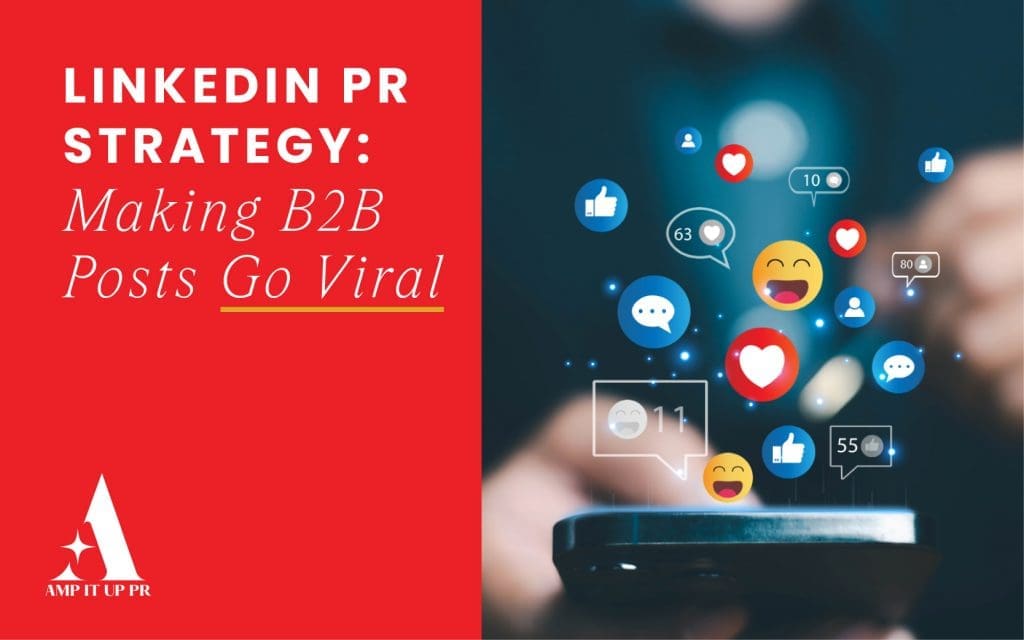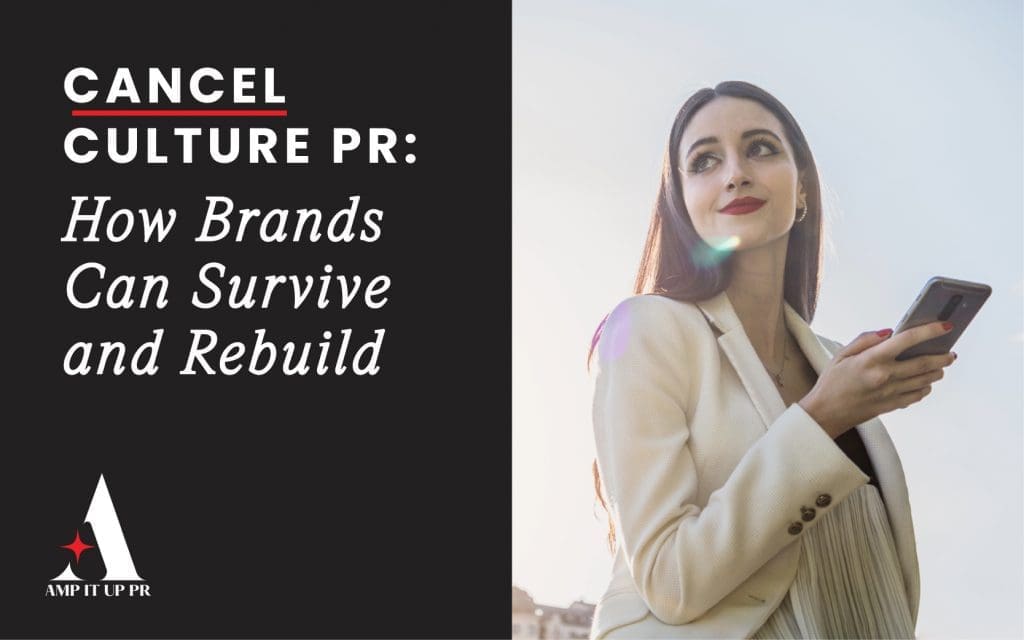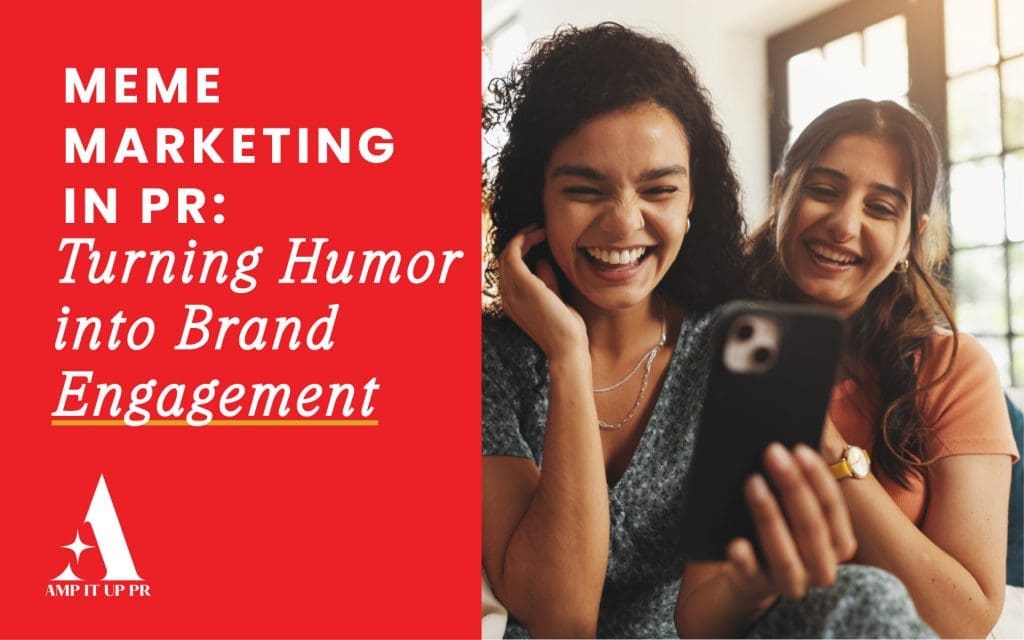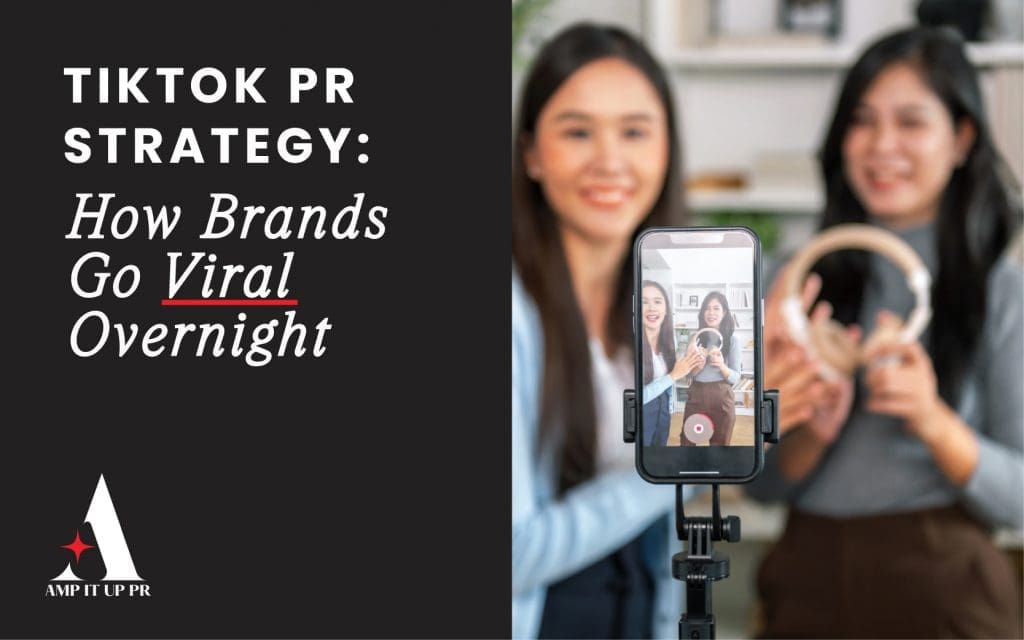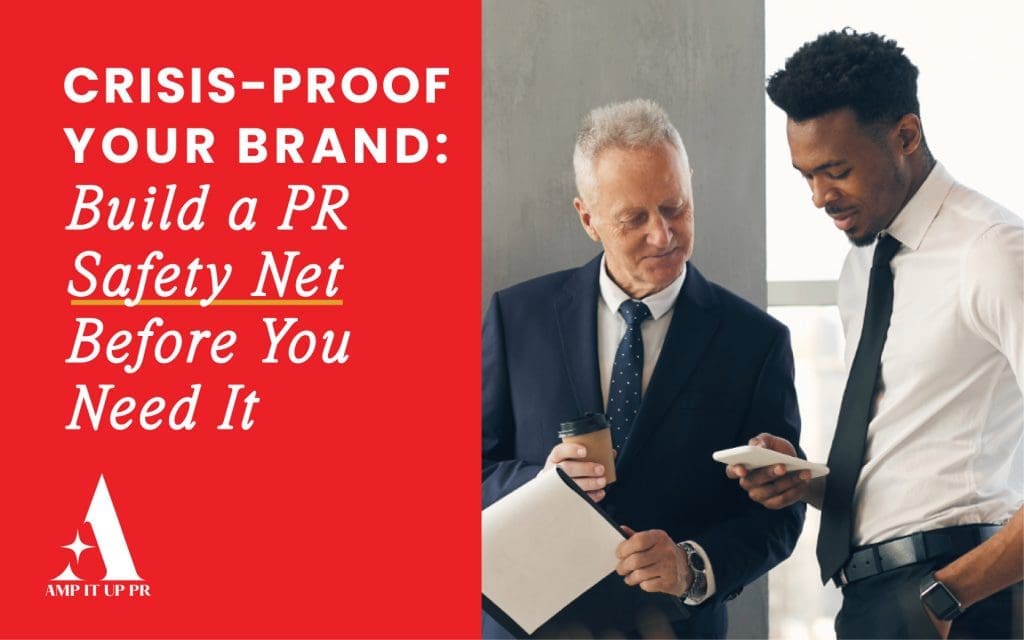Influencer marketing has changed dramatically over the last decade. What started with one-off Instagram posts and quick sponsorships has matured into a billion-dollar industry with measurable impact and sophisticated strategies. Yet even with all its growth, many brands still struggle with a common challenge: lack of control. They may invest heavily in influencers, but once a sponsored post goes live, the performance is in the hands of algorithms and organic reach. In 2025, that is no longer enough. Brands want both the authenticity of influencer voices and the precision of digital advertising. This is where influencer whitelisting enters the picture.
Unlike traditional campaigns, influencer whitelisting allows brands to take influencer-generated content and run it as paid advertising directly through the influencer’s account. That means when someone sees the ad in their feed, it appears to be coming from the creator they trust, not from a faceless brand page. This shift blends authenticity with performance, making it one of the most powerful tools available in paid partnerships today. At AMP IT UP PR, we’ve seen firsthand how influencer whitelisting can elevate campaigns from short-term posts to scalable, ROI-driven movements.
What Is Influencer Whitelisting?
At its core, influencer whitelisting is about access and amplification. When an influencer agrees to whitelist, they grant a brand advertising permissions through platforms like Meta Ads Manager. With those permissions, the brand can take the influencer’s posts, stories, or videos and push them to broader audiences as paid ads. This doesn’t just extend the life of the content—it transforms it.
Imagine a beauty influencer creating a skincare tutorial. Traditionally, that video would reach her followers and maybe pick up some organic engagement. With whitelisting, however, the brand behind the product can now take that same video and target it to lookalike audiences, run A/B tests on messaging, and ensure the ad reaches millions of potential customers who may never have followed the influencer in the first place. From the consumer’s perspective, the ad still feels authentic because it carries the influencer’s name and voice. From the brand’s perspective, it performs like a well-optimized campaign with the levers of data, targeting, and budget at their fingertips.
Why Influencer Whitelisting Benefits Everyone
The rise of influencer whitelisting isn’t just a passing trend—it’s a solution to some of the biggest challenges in influencer marketing. For brands, the biggest draw is control. Instead of hoping for strong organic reach, they can decide exactly who sees the content, how much to spend, and how long to keep the campaign running. This means stronger ROI, better targeting, and fewer wasted impressions. For influencers, the benefit is just as compelling. Their content now has a second life, reaching audiences far beyond their own following, often leading to new visibility and follower growth. They don’t need to post repeatedly for the brand—their best content can be amplified again and again.
Moreover, influencer whitelisting builds stronger partnerships. Instead of one-off transactions, it encourages brands and creators to think long-term. Influencers feel valued because their content is being invested in, not just posted and forgotten. Brands appreciate the measurable impact and the ability to scale campaigns that actually work. In addition, audiences respond positively because the content feels more personal than traditional brand advertising. As a result, whitelisting creates a rare win-win-win scenario: the brand grows, the influencer gains exposure, and the consumer gets relatable content that doesn’t feel forced.
Brand Control and Compliance
One of the most underrated aspects of influencer whitelisting is its ability to give brands tighter control over messaging and compliance. In highly regulated industries like healthcare, finance, or alcohol, this is a game-changer. Traditionally, when an influencer posts, the brand has limited oversight beyond approving captions or visuals. If something goes wrong—an incorrect claim, a missing disclosure, or a misleading statement—the brand can be held accountable.
Whitelisting reduces that risk. Because the ads are technically managed by the brand, they can edit copy, add mandatory disclosures like “Paid Partnership,” and ensure all messaging meets legal standards before it ever goes live. This level of control is critical in protecting brand reputation and avoiding costly legal missteps. Furthermore, from a PR standpoint, transparency is non-negotiable. Audiences today are hyper-aware of inauthentic advertising. By ensuring all whitelisted content carries clear disclosures and adheres to compliance, brands maintain credibility while still benefiting from the authenticity of influencer voices.
Legal and PR Considerations
Of course, influencer whitelisting doesn’t happen without agreements in place. A detailed contract is essential to protect both parties. It should outline usage rights—how long the brand can run the ads, whether the content can be repurposed across platforms, and in which territories the ads will appear. Payment terms must also be clear. Some agreements involve a flat fee for whitelisting access, while others include performance-based bonuses if the ads exceed certain benchmarks. The important thing is that expectations are explicit from the start.
From a PR perspective, legal clarity also supports trust. Influencers need reassurance that their likeness won’t be misused or overextended, while brands need assurance that their investment will yield results. Additionally, compliance with advertising standards remains crucial. Regulators like the FTC in the U.S. and ASA in the U.K. require clear disclosures, and brands that fail to enforce them risk fines and reputational damage. At AMP IT UP PR, we always advise weaving whitelisting clauses directly into influencer contracts so both sides know exactly where they stand.
Tools That Support Whitelisting Campaigns
While strategy is the foundation, tools make execution smoother. Most influencer whitelisting is managed through Meta Business Manager, which gives brands access to Instagram and Facebook ad placements. Beyond Meta, platforms like AspireIQ, Tagger, and Upfluence help streamline influencer discovery, relationship management, and campaign analytics. These tools provide the infrastructure, but they don’t replace the need for thoughtful planning.
The real question isn’t just “how do we run the ad?” but “which influencer content is worth amplifying, and how does it fit into our overall PR strategy?” That’s why at AMP IT UP PR, we view whitelisting not as a standalone tactic but as part of a larger communications plan. By integrating paid influencer campaigns with earned media strategies, we ensure that the brand’s message is amplified consistently across channels, maximizing both reach and credibility.
AMP IT UP PR’s Approach to Influencer Whitelisting
What sets AMP IT UP PR apart is our ability to merge the creativity of PR with the precision of performance marketing. When we manage influencer whitelisting for clients, we don’t just focus on the mechanics of permissions and targeting—we design campaigns with a narrative backbone. First, we identify the right influencers whose personal brands align with the client’s values. Next, we negotiate contracts that ensure both parties are protected while leaving room for innovation. Once permissions are in place, we craft ad strategies that not only drive clicks but also reinforce the brand’s authority in its industry.
Because we approach whitelisting through a PR lens, we also ensure campaigns are built for storytelling. An influencer ad isn’t just about conversions—it’s about contributing to the larger brand narrative. By combining real-time analytics with media-ready messaging, we help clients achieve not just sales, but sustainable influence.
Why Influencer Whitelisting Is the Future
The future of influencer marketing is not in isolated posts but in scalable, authentic partnerships. Influencer whitelisting bridges the gap between PR, marketing, and advertising by combining the relatability of human voices with the precision of paid campaigns. It’s a tool that gives brands control, provides influencers with new opportunities, and delivers content that feels less like advertising and more like storytelling.
As audiences demand transparency and as platforms evolve, whitelisting will only become more central to campaign success. Brands that embrace it now gain a significant competitive edge. At AMP IT UP PR, we specialize in helping brands harness influencer whitelisting as part of a broader PR strategy—one that turns influencer campaigns into powerful, long-lasting movements.
Ready to unlock the power of influencer whitelisting?
At AMP IT UP PR, we specialize in helping brands adapt their messaging for global audiences while maintaining authenticity. Whether you’re entering one new market or ten, we’ll guide you in creating campaigns that resonate deeply and perform powerfully.
Checkout our services, learn about our team on Our Team page, or Book a Consultation with us to explore how we can elevate your brand. For a custom quote, check out our Get a Quote page, or reach out directly via our Contact Us page to start amplifying your brand’s presence. Let’s work together to amplify your brand!
Because the future of paid partnerships isn’t just about reach—it’s about resonance, and influencer whitelisting is the key.

